Parkinson’s Disease : Cause, Type ,Diagnosis,Treatment and Exercise
Table of Contents
What is parkinson’s disease?
Parkinson’s disease is a disorder of the nervous system that results in progressive loss of motor function. The most common symptom is slowness or stiffness in movement, but some people experience other symptoms such as tremors, stiffness, and changes in posture. Parkinson’s disease is usually diagnosed after a person has had several symptoms for several years. It is a chronic, degenerative disease, but there are medications that can improve symptoms and slow the disease’s progress, if started early.
It’s named after British physician James Parkinson, who described the condition in 1817. Parkinson’s disease is most commonly caused by the death of a small section of the substantia nigra, a region of the midbrain that produces a chemical called dopamine. Over time, this progressive loss of dopamine causes the symptoms of the disease.
It is a chronic, progressive disorder of nervous system that mainly affects movements of the extremities.
Rigidity in muscles with Tremors are the most commonly seen in this disease.
Most commonly affects persons over the age of 55 years.
The disease is uncommon before the age of 40 years, and there is slight male predominance. (It can be seen in Both men and women, However, it mostly affects men as compared to women (50 percent more)
It is less seen in smokers but it’s cause is not known.
Definition :
Parkinsonism is a disorder of the extrapyramidal system.
it is characterized by tremor, rigidity, bradykinesia of movement and postural disturbance.
Causes of the disease :
it is an idiopathic disease. (No certain causes)
but there secondary causes also :
- Certain drugs for ex: reserpine,phenothiazines
- Infections ex:AIDS
- Vascular conditions
- Toxic
- Head injury
- Degenerative diseases.
Types of the disease :
There are mainly 3 types :
(1)Primary parkinsonism
cause : idiopathic
(2)Post- encephalitic parkinsonism
(3)Secondary parkinsonism:
cause :
- Trauma
- Metalic poisoning
- Drugs induced
- Tumors
- Tuberculosis
What are the Symptoms of the patient with Parkinson’s disease ?
there are various symptoms seen in the patient with PD are as below:
(1)Tremors :
it is the involuntary movements commonly affects your hands , legs , face and head also.
during starting periods it involve only one hand, then spread to the same side of the leg.
after that it becomes bilateral.
may also involve head and jaw.
tremors may present at rest for approx 4 to 6 secs and it is absent during sleep.
(2)Rigidity:
Rigidity is called as stiffness of the muscles.
it involves muscles of the neck, trunk and limbs.
“Cog-wheel effect”: when tremor is super-imposed on the rigidity.
(3)Bradykinesia (Slowness of Movement):
it is called as the difficulty in initiating voluntary movements.
here the slowness of movement also occurs.
movements like “Arm swing” is absent during walking ,it is typically seen in the patients with parkinson’s disease.
(4)Postural abnormalities :
patients assumes flexed kind of posture.
patients also feel difficulty in maintaining balance.
(5)Gait:
patients feel difficulty in starting walking.
patients are not able to maneuver through narrow passages.
” Shuffling ” kind of gait is seen.
patients try to catch the center of gravity during walking.
patients take small steps and fast steps as compared with normal peoples.
(6)Appearance of face of Parkinson’s patients:
mask like face is seen,it means lack of facial expressions.
decreased eye blinking movements.
difficulty in convergence of the eye.
patients have slow and low volume.
patients feel increased amount of sweating, on face also.
patients feel difficulty in swallowing.
(7)Other signs :
- constipation
- increased urinary frequency
- urinary incontinence
- psychiatric complains such as Depression
- Skin problems
Stages of Parkinson’s Disease :
name of the scale: “Hoehn and Yahr scale ”
this scale can be use in assesing the severity of the disease and to decide the line of management.
Stage :1
unilateral movement involved.
Stage :2
bilateral movement involved but no postural abnormalities.
Stage :3
bilateral involvement of extremities with mild postural imbalance.
the patient leads an independent life during this 3 stages.
Stage :4
bilateral involvement of extremities with postural instability.
in this stage patient require some assistance from others.
Stage :5
severe stage among all.
here disease is fully developed.
the patient is restricted to the bed or chair.
Disease progression:
in most of the patients the disease is progresses gradually over about 10 years until they become bed-ridden,
because of Bradykinesia , rigidity and postural instabilities.
death may occur from Aspiration Pneumonia, Septicemia from urinary tract infection , Decubitus ulcers,
or from vascular diseases or Neoplasm.
How to do Diagnosis of the Parkinson’s Disease ?
There are no exact medical tests are available to detect the disease, so accurate diagnosis is mostly difficult.
Patient’s medical history and family history should be accurately checked.
the doctor will also look for following symptoms :
- signs of tremors
- muscular rigidity
- walking pattern
- postural abnormalities
your doctor may recommend you for some investigations.
they are as follow.
Investigations:
Blood examinations:
normal
CSF examination:
normal
CT Scan and MRI :
usually normal but some cases show ‘accumulation in substantia Nigra may be visulized as T2 Hypersensitivity.
PET (Position Emission Tomography):
will show reduced uptake in putamen.
SPECT:
will show decreased straital metabolism.
How to treat Parkinson’s Disease ?
there is a no permanent cure for the disease.
but the pharmacological treatment and others may help to fight against the symptoms.
with the help of Physiotherapy , Speech therapy , Occupational therapy can help the patient to live independant.
some patients might require surgery.
Drug treatment should be delayed as long as possible.
when started the dose of the drug should be gradually increased until the required benefit.
the goals should be to relieve the symptoms to managable levels and not to give complete relief from symptoms.
There are initially Medical treatment and Physiotherapy exercise are started and Rarely required surgical interventions.
Medical Treatment :
patients in stage 1 and 2 of the Hoehn & Yahr scale either require no treatment .
or may be treated with Anticholinergics , Amantadine or Selegiline.
doses of the drugs should be decided by the physician.
patients in stage 3 , 4 and 5 of the Hoehn & Yahr scale usually require Levadopa.
as per the consultation of the physician ,the drug and dosage of the drug is decided.
Anti-Parkinson’s Drugs : Name , Dose , Use , and It’s Side Effects :
For stage 1 and 2
(A)Anti – Cholinergics :
Drug Name : Dosage:
Trihexyphenidyl 1 to 2 mg qid
Benztropine 0.5 to 1 mg tid
Benzhexol Hydrocloride 2 to 5 mg qid
Orphenadrine 50 mg qid
Use:
may help for Tremor, little use for other features.
Side effects :
Dry mouth, blurred vision , urinary retension , constipation , hallucinations.
(B)Amatadine :
Dosage : 100mg bd
Use :
useful in decreasing the tremor.
Side effects :
ankle edema , livido reticularis , headache , nausea , dizziness , sleep disturbances.
(C)Selegiline or Deprenyl :
Dosage : 5mg/day initial , then 5mg bd
Use :
inhibits metabolism of dopamine.
useful for symptoms related to dyskinesias, delays need for levadopa.
Side effects :
insomnia (hence given after lunch ), confusion , levadopa , related side effects.
For stage 3, 4 and 5
Drug name : Dosage:
(A)Levodopa /Carbidopa 100 mg and 25 mg bd or tds
Levodopa / Carbidopa 200 mg and 50 mg bd
(sustained release )
Use :
most effective drug.
improves most features.
Side effects :
dyskinesias ( generally choreoathetoid ), nausea , postural hypotension , hallucinations .
(B)Dopamine receptor agonists :
Drug name :
(1)Bromocriptine
Dosage :
2.5 mg bd, increased to 20 to 30 mg/day
Use:
less effective than levodopa, but less dyskinesias.
reduced motor fluctuations, because of longer half life.
Side effects :
same as levadopa plus pulmonary edema with ergoline derivatives and confusion.
(2)Lisuride:
Dosage:
0.2 to 0.6 mg qds.
some patients with dimentia, show a decreased response to the drug.
increasing the drug dose often results in an acute confusional stage.
“Wearing off effect ” – the duration during which the drug is effective becomes progressively less.
“On -Off effect “- the patient fluctuates between “on” periods with activity & ” off ” periods with akinesia and rigidity.
Surgical Management :
(A)Ablative :
Thalamotomy :
surgical procedure of removal of thalamus.
used for tremors .
complications include hemiparesis , and dysphonia .
Pallidotomy :
surgical procedure of removal of globus pallidus interna.
sterotactic technique of producing destructive lesions in globus pallidus.
improves all features of parkinsons disease including drug induced dyskinesia.
(B) Deep Brain Stimulation :
ablative procedures such as thalamotomy are irreversible.
a similar effect can be obtained by implanting electrodes in the appropriate area.
delivering a high frequency electrical discharge via an impulse generator placed beneath the clavical in a manner similar to a cardiac pacemaker.
the advantage of stimulators include a smaller lesion and the ability to adjust the pattern of the stimulus to obtain the best response.
Disadvantage :
limited battery life and possibility to lead shifting and infection.
when successful patients experience marked improvement and some can become medication free.
(C) Adrenal medullary feotal tissue transplantation :
transplantation of dopamine producing cells into the striatum has been shown to restore mobility.
Physiotherapy Treatment and Rehabilitation Program:
Aims of the physiotherapy treatment :
- patient and family education about disease.
- To improve patients quality of life it is important to make patient independent.
- Use of movement strategies and exercise therapy to improve patients mobility.
- postural correction is must.
- To make the patient’s joint flexible .
- To gain the maximum of muscular strength.
- correction and improvement of posture and balance to minimize risk of falls.
- maintenance of breathing pattern and cough mechanism.
- enhance the effect of pharmacological therapy.
Exercise program for Parkinson’s Disease patients :
Strength Training :
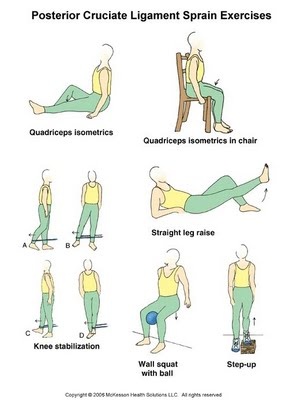
strength training is important for patients with PD.
Strength training involves using your body weight or tools.
Depending on the stage of the disease you are in, your physical therapist will suggest you resisted exercises.
start up with low repetition and weight and then gradually increase it.
A focus on extensor muscles, or muscles in the back of the body, can help to improve postural issues.
Resistance can be given with the help of :
Weight cuffs
Light dumbbells
Resistance band (a kind of thick rubber band).
via water pool , using the water’s resistance for strengthening.
Stretching and Flexibility :
It is common for patients with Parkinson’s disease to develop stiffness in their muscles.
To cope up with stiffness, it is important to stretch at frequent intervals throughout the day.
Stretching can be beneficial to maintain range of motion and posture.
Holding each stretch of major muscle groups for 30 to 60 seconds may increase length of the muscle.
Aerobic exercise
Aerobic exercise involves activities that improve your cardio pulmonary endurance.
activities such as
walking,
biking,
running,
activities in the pool.
Participating in aerobic exercise at least three to four days a week for 30-40 minutes may improve condition.
Balance training :
This type of training is given with combination of aerobic exercise, strength training, and flexibility training.
for Example :
- Dancing.
- Gardening.
- Golfing.
- Water aerobics.
- yoga
- Pilates.
Relaxation Exercise :
Gental rocking and rotational exercises can be used to produce generalized relaxation of excessive muscular tension and rigidity.
slow, rhythmic , rotational movements through small range of motions are effective for temporary reducing rigidity.
exercises include :
- slow side to side rotations of head.
- PNF technique -patterns of Upper extremities and lower extremities.
- lower trunk rotations
- Jacobson’s progressive relaxation techniques can be used.
- some gentle position of yoga can be used.
- life style modifications and time management techniques can be used to reduce anxiety.
Make a good postural habit :
Each day you must have to check your posture.
Stand against a wall, & be sure your lower back and shoulder blades are touching the wall.
every time you sit in a chair, make sure that your shoulder blades touches the back of the chair.
Lie down on the bed or on a mat on the floor with your arms beside you.
Gently pull your shoulder blades together.
Keep your head and neck in a straight line and lift slightly.
Facial exercises to cope up the difficulties of speaking or swallowing:
Chew your food longer and more vigorously for 2 to 3 times a day.
Manipulate your face and lip movements when you speak.
Make faces in the mirror , it will help you to get back your expressions.
Singing or reading loudly may improve your vocal cord activities.
Mental exercises to improve your memory.
For example:
Name as many animals or colors or cars as you can in the duration of 1 minute.
Try to Play brain games and do solve some puzzles.
Try to Solve math problems in your head.
Life style modifications to ease PD patients :
- walk longer distances as compared before.
- Stretch your legs while watching TV.
- Swing your arms more when you walk, and take long steps as you feel comfortable.
- Try to use stairs instead of the elevator.
- eat healthy and balanced diet.
- for daily living activities modification changes an occupational therapist can help the patient.
Gait training :
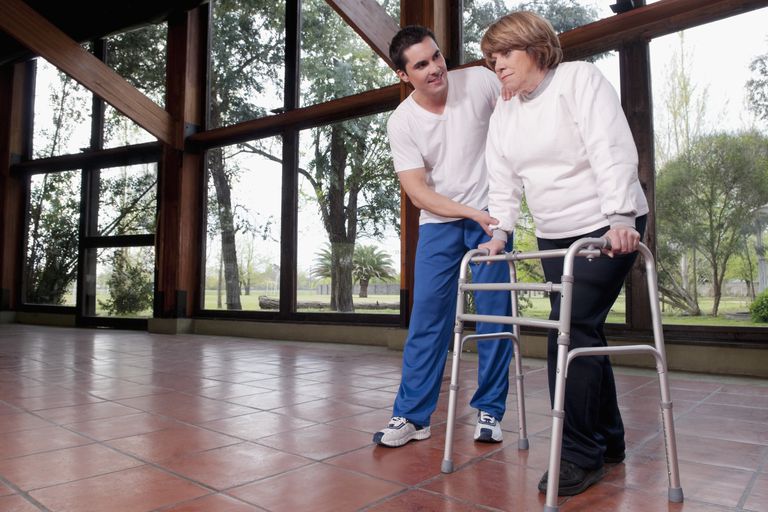
It focuses on primary gait deficits like :
slow speed
shuffling gait
flexed posture
decreased arm swing
trunk movements
flexed posture
you should do following activities :
- marching on the spot
- weight transfers forward and backward
- cross walking , side walking
- 2 sticks should be used by patient and therapist to facilitate arm swing.
Respiratory exercises :
- It is important to do respiratory exercises to improve strength of your respiratory muscles.
- so following exercises can be used .
- Deep breathing ex.
- basal expansion exercises to improve chest wall mobility.
Alternative Therapies:
Massage Therapy :
massage therapy can reduce tension and give relaxation.
Yoga:
gentle movements and some poses may improve flexibility and posture.
Meditations :
provide relaxation and reduces stress of the patient.
Pet therapy :
having one pet may improve your flexibility and movements.
Alexandar technique :
may reduce your pain and muscular stress.
cope up and support is must needed.

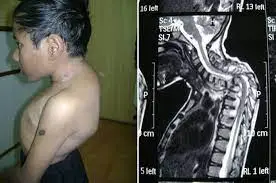
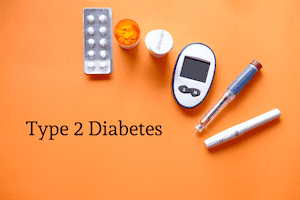

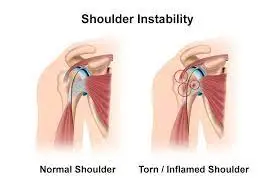

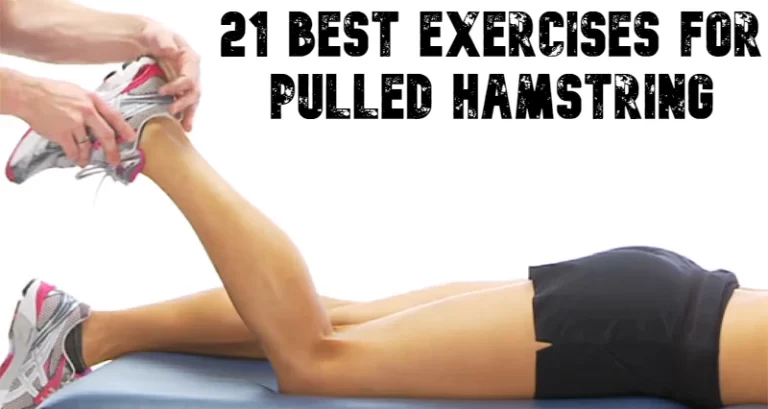
13 Comments